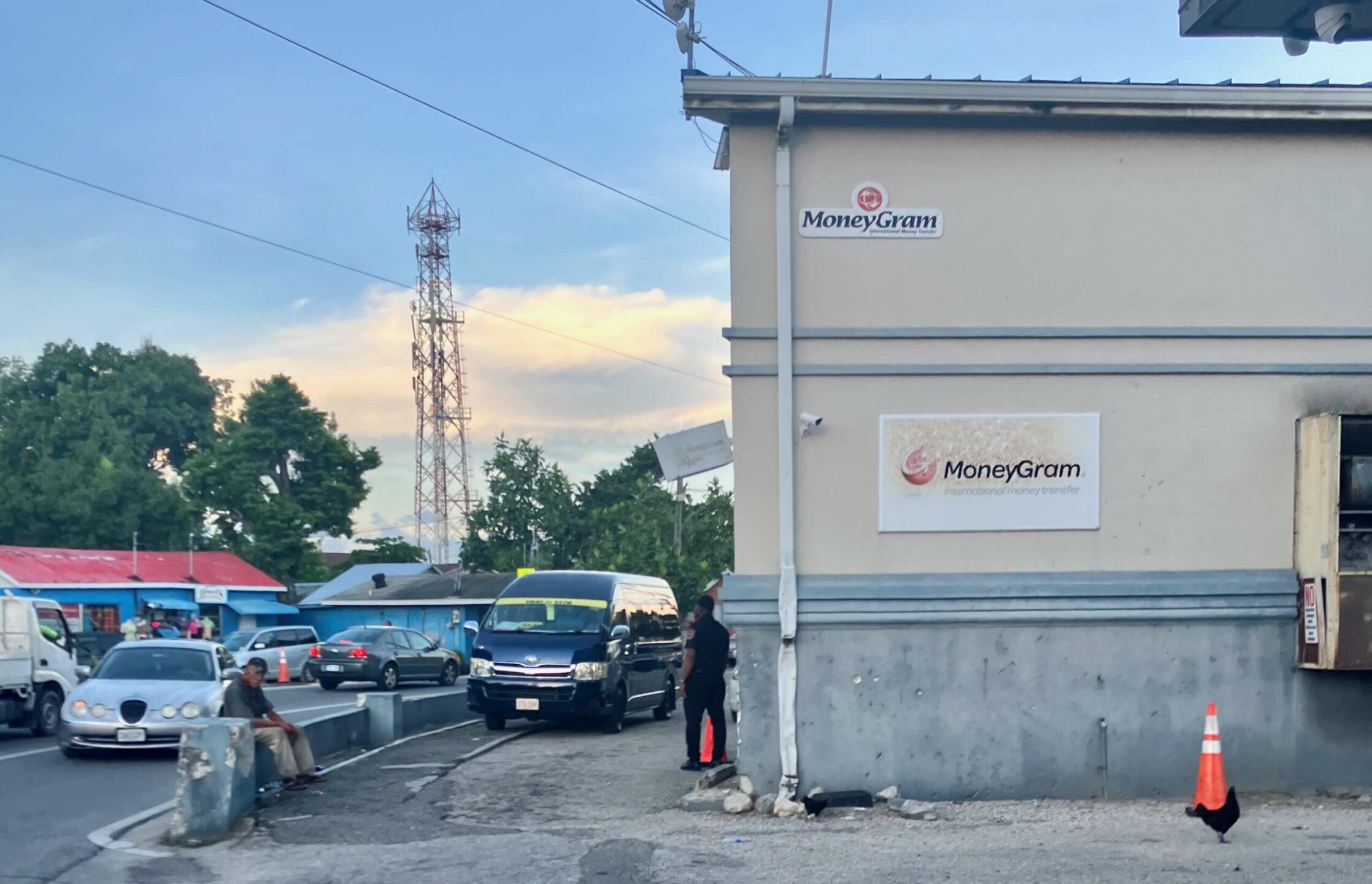Expat workers send US$300M in money transfers home each year
5 min readExpatriate workers in Cayman sent nearly US$300 million home last year, according to the latest data from the Cayman Islands Monetary Authority.
Despite concerns over low wages and rocketing cost-of-living, the amount of cash being sent overseas – particularly to Jamaica and the Philippines – is on the rise.
CIMA’s Remittance Bulletin for the first quarter of 2023 recorded cash outflows of just over US$75 million – “a 9.6% increase relative to the same period in 2022″.
The total amount of cash sent out of Cayman via money-transfer services, like MoneyGram and JM Money Transfer, for 2022 was more than US$290 million – the highest amount on record.
Despite concerns about low wages in some sectors, large sums are sent off the island each year, with Jamaican and Filipino workers collectively responsible for three out of every four dollars sent overseas, according to the CIMA bulletin.
Those countries are represented across the pay spectrum in the Cayman Islands, but also make up a high proportion of the low-wage and minimum-wage employees here.
An ongoing Compass series examining attitudes around the minimum wage, as well as living conditions for low-income employees, found that many workers are struggling to pay for rent and groceries as Cayman’s cost of living has shot up out of all proportion with the $6-an-hour minimum wage.
Many said they were still sending money home each month, however. One worker told us she earns $1,600 a month, sending half home to pay for her daughter’s upbringing in the Philippines.
One business owner questioned the value of raising wages as a means to raise living standards in Cayman, suggesting many workers would continue to live in the same way, while sending more money out of the country to fund homes and businesses in their homelands.

The data from CIMA suggests that in spite of the cost-of-living and wage challenges, expatriates have collectively sent more money off island than ever before in the past year.
The statistics include all income brackets but focus on money-transfer services – typically used for cash transactions by lower income employees – and exclude remittances through commercial retail banks.
Cayman remittances contribute to Jamaica’s GDP
Bank of Jamaica reported receiving US$175 million from Cayman Islands remittance inflows in 2022, which accounted for 1.1% of Jamaica’s US$16 billion gross domestic product, as reported by the International Monetary Fund World Development Indicators.
According to the Bank of Jamaica, that country received over US$3.4 billion in remittances in 2022, equivalent to more than 20% of its GDP. By the year’s end, the Cayman Islands was the fourth-largest contributor to Jamaican remittances, supplying 5% of that inflow.
According to Cayman’s Economics and Statistics Office 2022 Labour Force Survey, there are just under 16,000 Jamaican workers on the island without Caymanian status.
If each of those people earned the hourly minimum wage of CI$6, or just over US$7, for a 40-hour week, every month of the year, it would result in an annual salary of approximately US$14,000 per person. Remittance inflows to Jamaica from Cayman, would have required 80% of each person’s salary.
In reality, the average wage for Jamaican workers is likely significantly higher than the minimum, though no data is collected in Cayman on that, while the numbers from the remittance report suggest significant portions of each worker’s salary is being sent home.
What would workers do with a pay increase?
When asked how they would spend a hypothetical salary increase, Jamaican nationals were split between sending it away and spending it here.
One Jamaican national, Chris, who, like for all the workers quoted in this story, we agreed to identify only by his first name, noted, “Bills need to be paid here, so we cannot send until we take care of what needs to get paid here, so I would do both, but we have to take care of [Cayman] first, because we live here.”
Meanwhile, many who were mothers said they would increase the money sent to their children who live in Jamaica. One mother, Chantal, said that she would “send more, because you know, you live in a foreign country, and you won’t always be here, so you have to build back home”.
The Filipino community was the next highest contributor to cash going out of the island, according to CIMA’s statistics, collectively sending around US$50 million though money-transfer services last year.
Simultaneously, for 2022, according to a February 2023 press release, the Philippines recorded a high of US$36 billion in remittances, from all over the world, accounting for 8.9% of its GDP, as noted by the Central Bank of the Philippines.
The Philippines is the fourth largest recipient of remittances globally, according to a 2023 Economic Progress report from the World Economic Forum.
Many of the Filipino workers in Cayman who spoke to the Compass showed a higher level of willingness to send salary increases home.
Che, whose family still resides in the Philippines, said that he would send money home “because of the difference in value”.
“What I get paid for one week here is like one month’s pay in the Philippines.”
Another Philippine national, Jennifer, noted that she too would increase the amount she sends back because her family and friends “can get things cheaper at home”.
2023 trends remain the same
For remittance outflows in Q1 2023, Jamaica and the Philippines remained dominant, remitting 59% and 17% of inflows, respectively, or US$44 million and US$13 million, according to the CIMA Remittance Bulletin.
Jamaica outpaced other countries, contributing more than 129,000 remittance transactions during that period, according to the bulletin.
The bulletin recorded that the Philippines trailed with just over 23,000 transactions. When calculated for average spend per transaction, the Philippines was the highest contributor, at US$498.03 per transaction, while Jamaica accounted for US$336.19 per transaction.
According to the ESO Labour Force Survey 2022, there are more than 6,000 Philippine nationals who are listed as non-Caymanian. If each Philippine national earned the minimum wage – assuming a 40-hour week, four-week month and 12-month year – it would require 60% of each person’s annual salary to account for the US$50 million sent last year.
Cash inflow to Cayman negligible
While money flowing into the Cayman Islands in the form of remittances from seamen was the foundation of the local economy, that dynamic has flipped in modern times.
The cash currently flowing into Cayman through remittance services is comparatively negligible.
According to CIMA’s current cumulative remittance report, Jamaica was also the second highest remittance inflow contributor to Cayman in 2022, right behind the US, accounting for 15%, or US$1.5 million, of the total US$10 million inflows.
The Philippines contributed US$260,000 or 3% of total inflows to Cayman.
Net remittances for the Cayman Islands in 2022 were around US$280 million, according to data from CIMA’s remittance report. According to the Q1 Remittance Bulletin for 2023, which gathered data from three active remittance service providers licensed by CIMA, net remittances were US$73 million for that time period.
Related Videos
Discover more from Slow Travel News
Subscribe to get the latest posts sent to your email.



